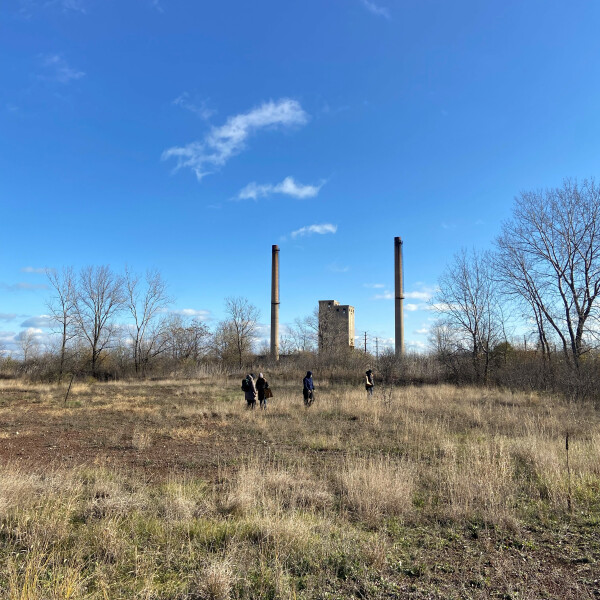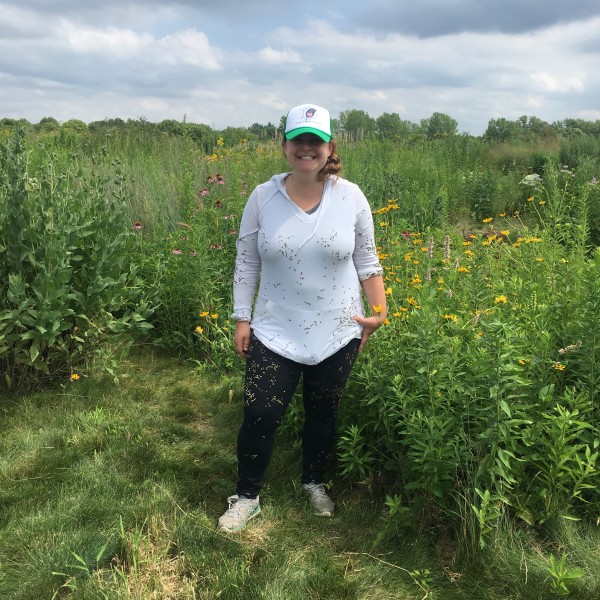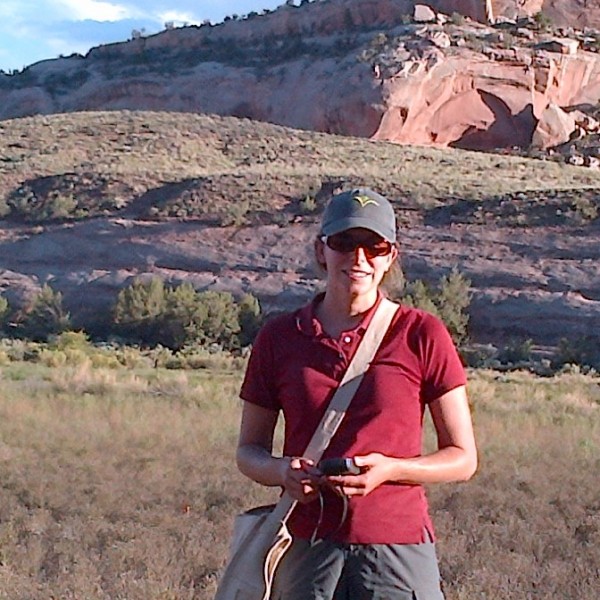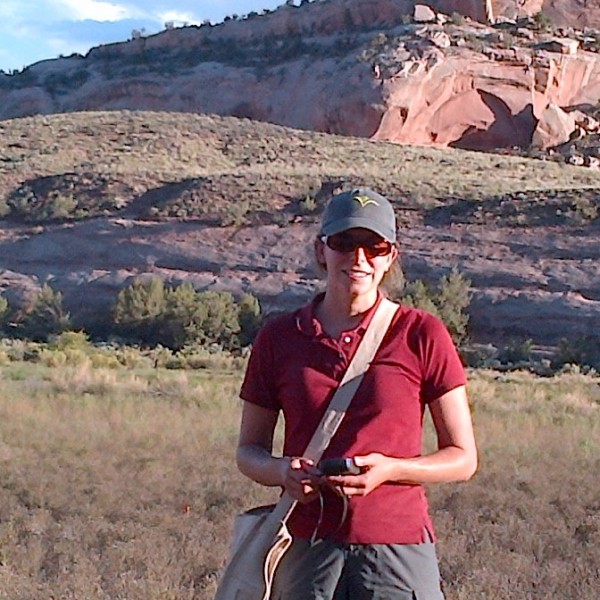
Could former steel industry sites provide habitat for threatened dolomite prairie species? 2022
Chicago Botanic Garden greenhouses and/or lab
Ecology, Reproductive Biology, Fieldwork, Labwork, Plant Traits
Dolomite prairies are severely threatened in Illinois, where only a small fraction of original habitat remains. The thin, alkaline soil of dolomite prairies supports a variety of unique plant life, including the federally endangered leafy prairie clover. During the 20th century, the steel industry's use of manufacturing byproducts (slag) as fill deposits in the Calumet region of South Chicago resulted in areas with abnormally alkaline, shallow soils. These sites could provide new habitat for dolomite prairie plants. My research explores the impact of seed source on germination and establishment in order to test the viability of a habitat analog restoration model for dolomite prairie species in slag conditions. I plan to use lab and greenhouse trials to assess how different seed sources germinate and establish in slag conditions, and the impact of slag vs. standard topsoil on plant fitness. Results will indicate whether slag sites can support dolomite prairie species and, if so, will guide seed source selection for restoration of ecosystems impacted by steel slag pollution. This project has direct applications for Chicago Park District natural areas, where ecologists are determining how to manage slag sites long-term.
Research this summer will be primarily in the Chicago Botanic Garden greenhouse and lab, hopefully with a few field visits to South Chicago parks and/or nearby dolomite prairie sites. Through this project, the intern will have the opportunity to work with threatened plant species including leafy prairie clover (Dalea foliosa). The intern could develop a project related to seed germination, aboveground vegetative traits, belowground root traits, or another relevant topic.





